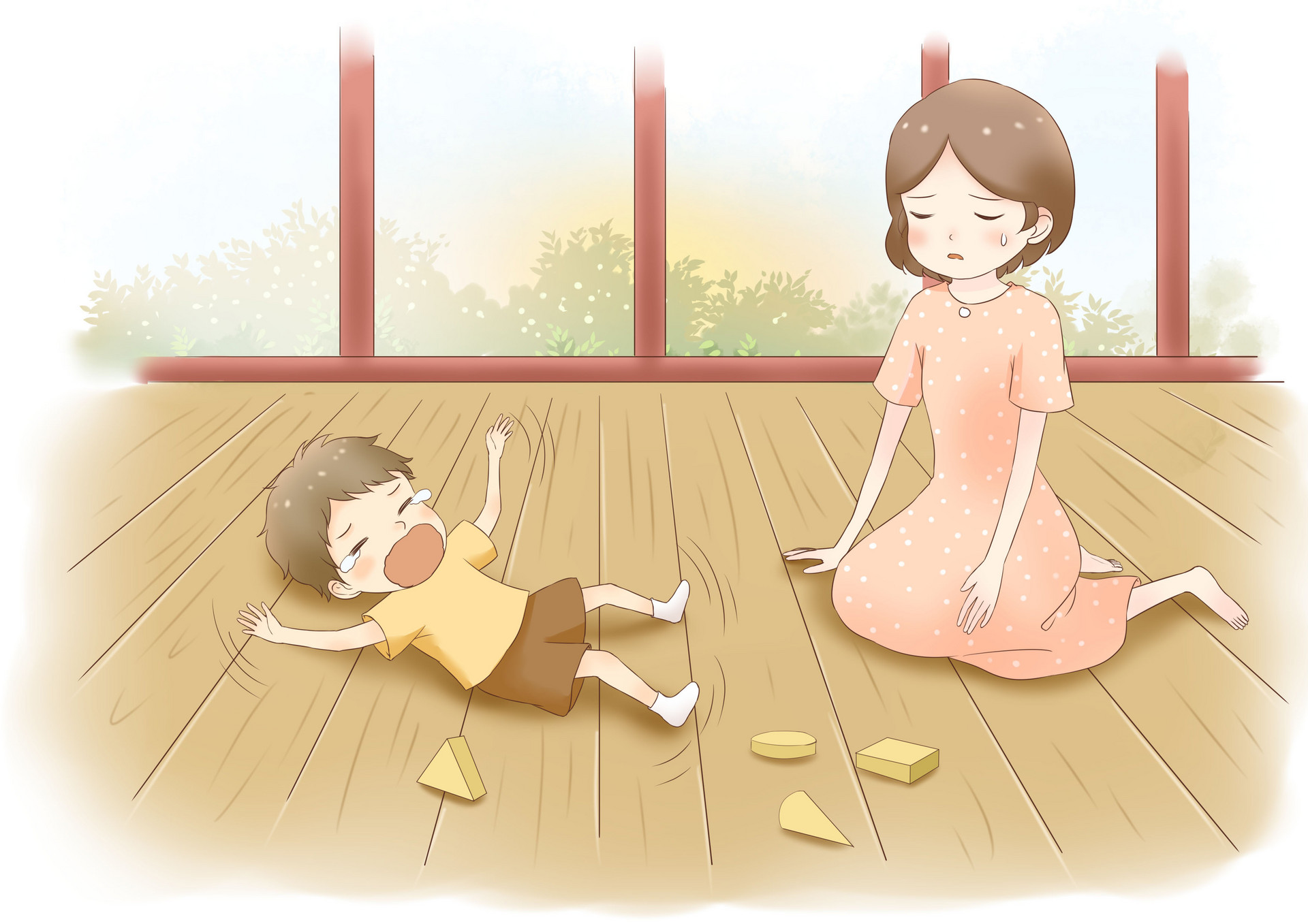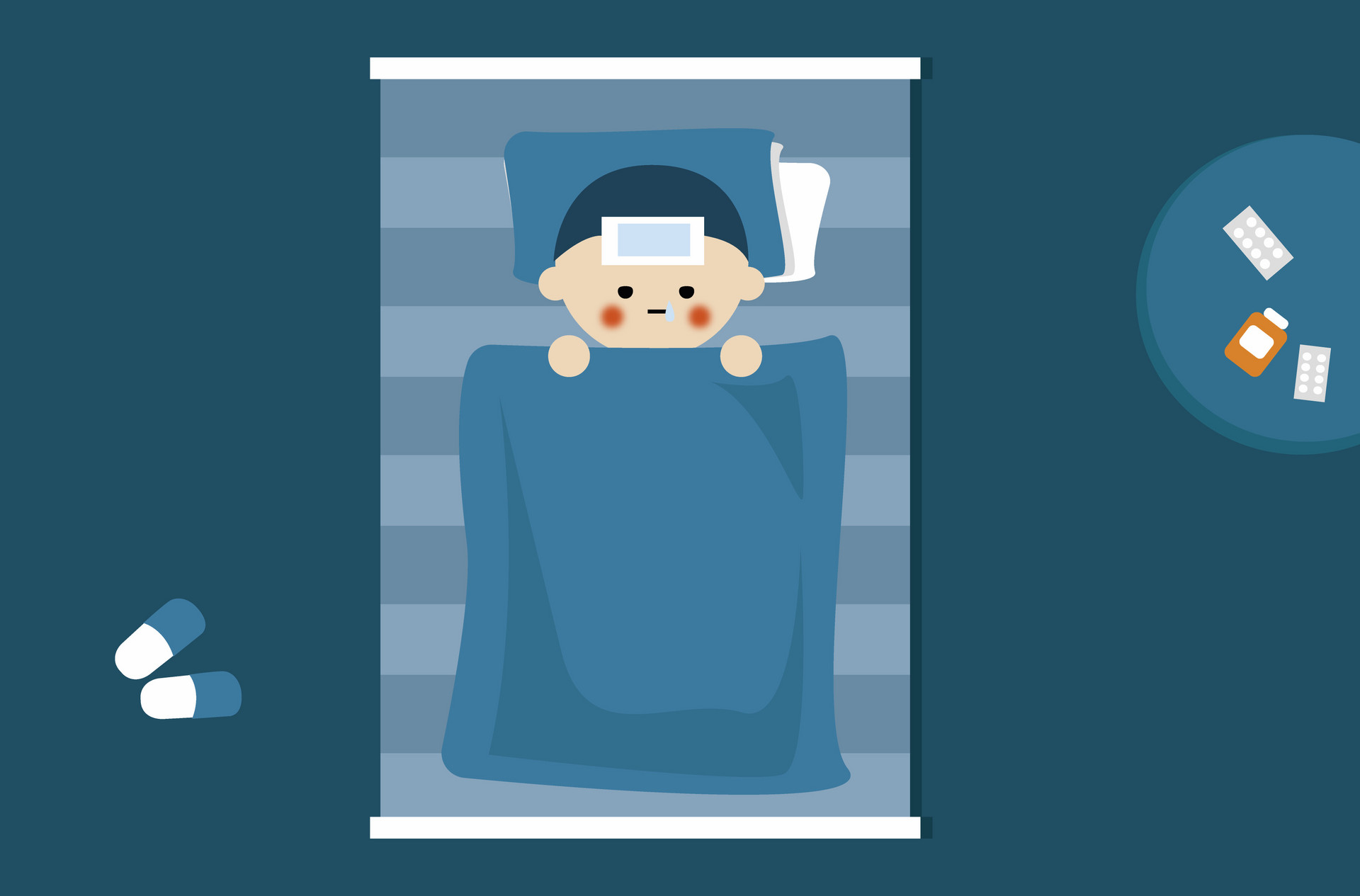Hand, foot, and mouth disease is an infectious disease caused by enteroviruses. There are more than 20 types of enteroviruses that can cause hand, foot, and mouth disease, with Coxsackievirus A16 (Cox A16) and enterovirus 71 (EV 71) being the most common. It primarily affects children under the age of 5, and presents with symptoms such as mouth pain, loss of appetite, low-grade fever, and the appearance of small blisters or ulcers on the hands, feet, and in the mouth. Most children recover within a week, but some can develop complications such as myocarditis, pulmonary edema, and aseptic meningitis. In severe cases, the disease can progress rapidly and lead to death. Currently, there is no specific treatment for hand, foot, and mouth disease, and management mainly focuses on symptomatic relief. So, how much do mothers know about hand, foot, and mouth disease? Today, let's explore this topic together!

Prevention and Control of Hand, Foot, and Mouth Disease
1. Hand, foot, and mouth disease is a common infectious disease during the summer, caused by various enteroviruses in the gastrointestinal tract. It primarily affects infants and young children under 5 years old. In most cases, the symptoms are mild and mainly manifest as fever, rash or blisters on the hands, feet, and in the mouth.
2. In a small number of cases, complications such as aseptic meningitis, encephalitis, acute flaccid paralysis, respiratory tract infections, and myocarditis can occur. Severe cases can progress rapidly and may result in death. Adolescents and adults who are infected may not show symptoms but can still transmit the virus.
3. Hand, foot, and mouth disease is a global infectious disease that can occur throughout the year, with higher incidence in summer and autumn. Both patients and asymptomatic carriers can transmit the disease.
4. The feces of hand, foot, and mouth disease patients, fluid from blisters, respiratory secretions, as well as contaminated hands, handkerchiefs, towels, utensils, feeding bottles, bedding, underwear, cups, toys, and medical instruments can all serve as transmission routes for the disease, leading to its spread.
5. Hand, foot, and mouth disease has an acute onset. It is characterized by fever and the appearance of maculopapular rash and blisters on the palms, soles, buttocks, or knees.
6. The rash is surrounded by inflammatory erythema, with minimal fluid in the blisters. Painful mouth ulcers may appear on the oral mucosa. Some children may also experience symptoms such as cough, runny nose, loss of appetite, nausea, vomiting, and headache.
7. Hand, foot, and mouth disease can be transmitted through various routes, and infants and young children are more susceptible. Maintaining personal, household, and childcare facility hygiene is key to preventing the spread of the disease.

How to Prevent Hand, Foot, and Mouth Disease
1. Wash hands before and after meals. This is the most basic requirement for daily hygiene. Hands should also be washed after going outdoors, and simply rinsing with water is not sufficient. Soap or hand sanitizer should be used to effectively eliminate bacteria. Children should not drink untreated water or consume raw and cold food. Avoid contact with infected children to prevent transmission.
2. Parents should wash their hands with soap or hand sanitizer after coming into contact with children, changing diapers, or handling feces. Proper handling of feces and other waste is important and should not be disposed of casually.
3. Items used by infants and young children, such as pacifiers and bottles, should be thoroughly cleaned and disinfected before and after use to prevent bacterial contamination.
4. During the outbreak of hand, foot, and mouth disease, avoid taking children to crowded places with poor ventilation, as these places are prone to the accumulation of bacteria. Maintain indoor cleanliness, ensure good ventilation, and wash and dry clothes and bedding regularly.
5. Clean and disinfect children's toys, personal utensils, and cleaning tools daily to prevent the proliferation of bacteria.
6. When children show suspected symptoms of hand, foot, and mouth disease, they should be taken to the hospital for diagnosis and treatment. Avoid contact with other people temporarily, and disinfect the clothes and items they have used. For cases with mild symptoms, hospitalization is not necessary, and treatment and rest at home are more appropriate.
7. Eat cooked food: Pay attention to oral hygiene and rinse the mouth with saline or warm water before and after meals. Do not let children consume raw or cold food.
8. Drink boiled water: Do not let children drink untreated water.
9. Keep hands clean: Trim nails regularly and wash hands frequently to reduce the chance of virus transmission.
10. Maintain good ventilation: Avoid taking children to crowded places with poor air circulation. Regularly ventilate the home.

So now all the mothers have a better understanding of hand, foot, and mouth disease. Therefore, it is important to pay attention to this knowledge in our daily lives and maintain good hygiene for our children to prevent the occurrence of hand, foot, and mouth disease.












